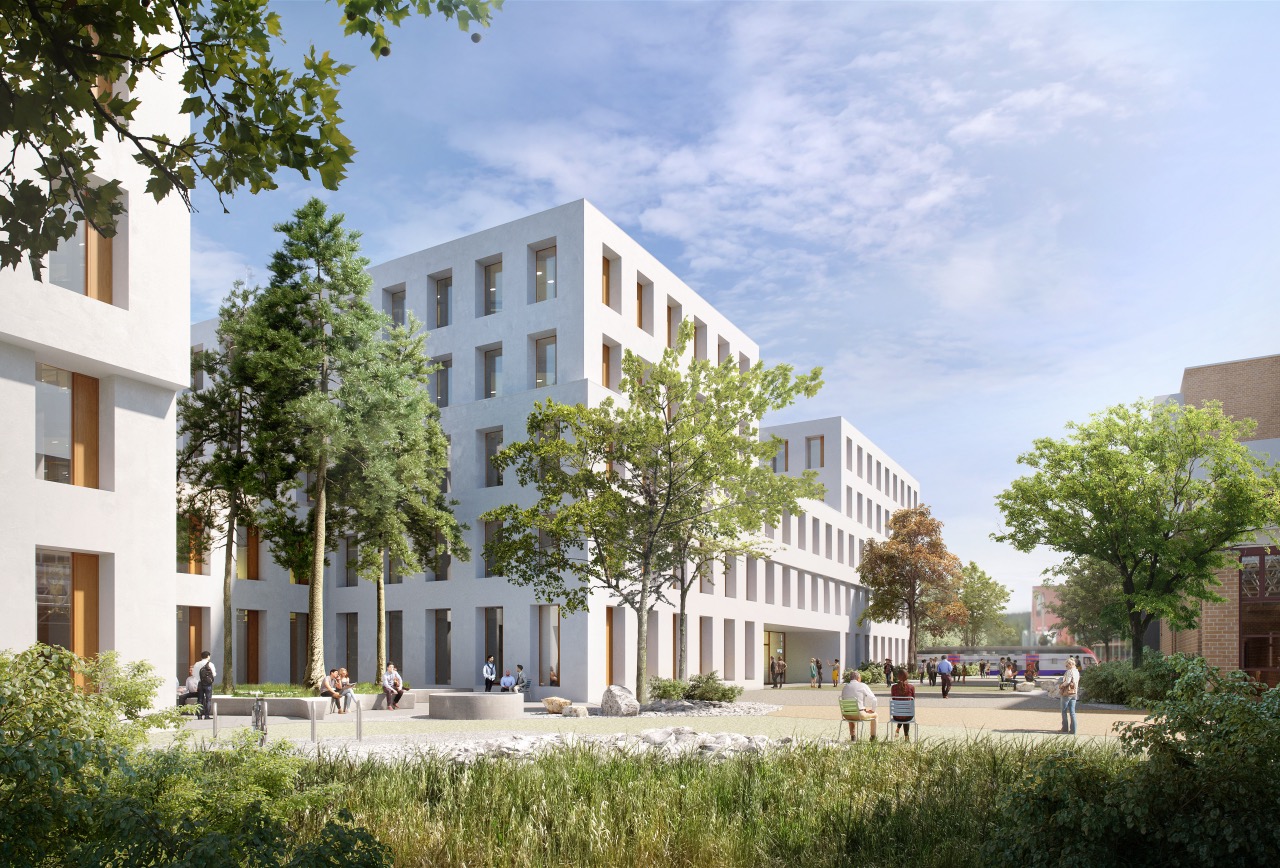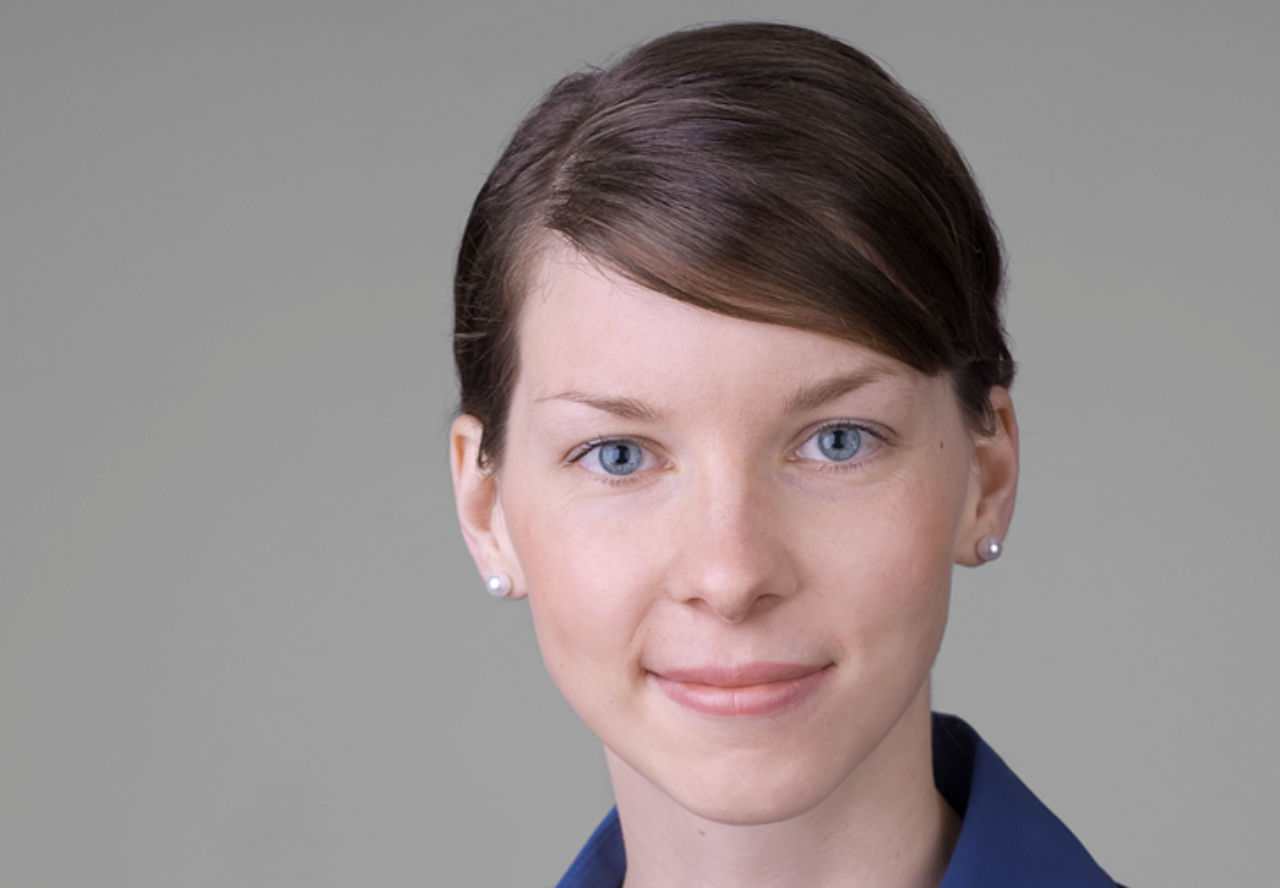FREO Group has laid the groundwork for a ‘zero energy’ office building. Its new ESG group officer and sustainable real estate manager Miriam Esders tells Impact Investor why this innovative concept is the future.

In many ways, Miriam Esders has the perfect background for her new role as ESG group officer & sustainable real estate manager at real estate investor and developer FREO Group. Sustainable construction “was part of my academic training and also my experience as a consultant”, Esders tells Impact Investor.

The Swiss group says that as “an independent international investor, developer, project manager and asset manager…[it]not only covers the entire lifecycle of construction projects but, from the very inception, includes sustainability in the planning and construction process”.
To drive this approach, Esders reaches deep into her academic background in Zurich. “We are working with teams of experts from research and industry when it comes to the sustainability of our projects,” she says. “For example, the chair of sustainable construction at ETH Zurich [university] is a partner for looking at the key issues with low-carbon building materials and GHG emissions.”
Net zero goal
This thorough, academic, process influences Esders’ approach to setting net zero goals for FREO, which has offices in Germany, the United Kingdom, France, Spain, Switzerland, Luxembourg and the USA, and has worked on more than 50 projects totalling in excess of 5 million square metres.
“I am a big fan of getting my facts straight. We have yet to decide on our final goals and pathways because this is no mean task for us, as we are active Europe-wide, and we need to consider the consequences Europe-wide,” she says.
For example, Esders points out that energy input from the grid is central to the CRREM (Carbon Risk Real Estate Monitor) risk assessment tool. CRREM is the European Union’s project to monitor progress on its target of decarbonising the building sector by 2050.
But the fact is the contribution from different energy sources to each national grid are radically different. CREEM tools “are science-based for each country, and there are different implications between our portfolio in France and say that in Germany,” she explains. France derives a huge proportion of its energy from nuclear energy, whereas Germany is moving to eliminate that.
“We are developing a plan for each country and hope to publish it next year. It is also our desire to not to have to revise our targets and to ensure that our net zero goals are scientifically accurate and support sound and realistic pathways to net zero.”
Esders is using her background in sustainable construction to good effect, by looking at regenerative materials, other than wood, such as the use of hemp or grass for insulation. She is also assessing a possible switch to earth bricks with an innovative additive which have “the advantage that you don’t have to burn them at the usual high temperature of brick production”.
‘Zero energy’ buildings
FREO’s approach comes together in their pioneering ‘2226 Project’, designed by the Austrian architectural practice Baumschlager Eberle. Esders says “it is brilliantly simple”.
The name comes from the concept that 22° – 26 °C is the comfort range where people experience a pleasant room temperature. “Developed using the elemental means of architecture, it is a building constructed with the focus on people. 2226 copes without heating, without ventilation and without cooling,” she notes.
Esders observes that she was surprised when she first heard about this. “But I’m pleased to say, this is not green washing. It is reality. In real estate, sustainability is supported by intelligent construction and going back to the basics. It takes investors, building owners and building users back to the comfort zone, with top quality and little technology.”
An example of this approach is JED 2216, the group’s first development of a ‘zero energy’ building near Zurich, which has an indoor climate, self-regulated by sensors.
“This is not green washing. It is reality. In real estate, sustainability is supported by intelligent construction and going back to the basics.”
“In many ways this is going back to traditional building techniques, and this may be the way to go in the future,” says Esders. “Technology can help us, there’s no question, but by using these traditional construction techniques, we are able to deploy new technologies as efficiently as possible.”
Esders adds that as project developers they “work to connect investors with the technical knowledge which we can provide in-house, and with our chosen contractors who have long experience in working with us as partners in sustainable construction”.
Brown to green
In addition to new construction, finding and retrofitting buildings is also a core part of FREO’s business. “When it comes to sustainability, retrofitting the existing building stock is a key issue, as reusing already built real estate can help reduce GHG emissions and resource consumption for construction,” she says.
“We must work with what we are given because the large proportion of buildings today will still be around in 2050,” she notes. “Renovating both public and private buildings is an essential action, and has been singled out in the European Green Deal as a key initiative to drive energy efficiency in the sector and deliver on objectives.”
When approaching a retrofitting project, “we begin in our due diligence with looking at the greenhouse gas emissions and what Capex (capital expenditure) is necessary.”
She gives us a real-life case of this in action.
“One example of what we do in retrofitting with the 2226 concept is a building we’re analysing in the centre of Zurich. This is an historic building, built long before technology offered possibilities on energy efficiency. “
“We can work with this strong structure to improve insulation and we believe that we can reduce energy consumption to about 50 kilowatts per year and per square metre. This is the same as we would target in a new build.”






